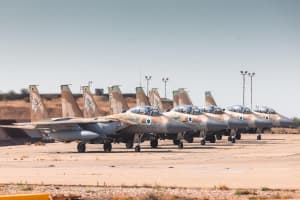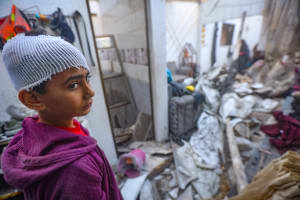Potential ground campaign in Gaza will be a proving ground for some of Israel’s latest military technology
Some of the newest systems are the result of years of R&D as part of the US defense aid package
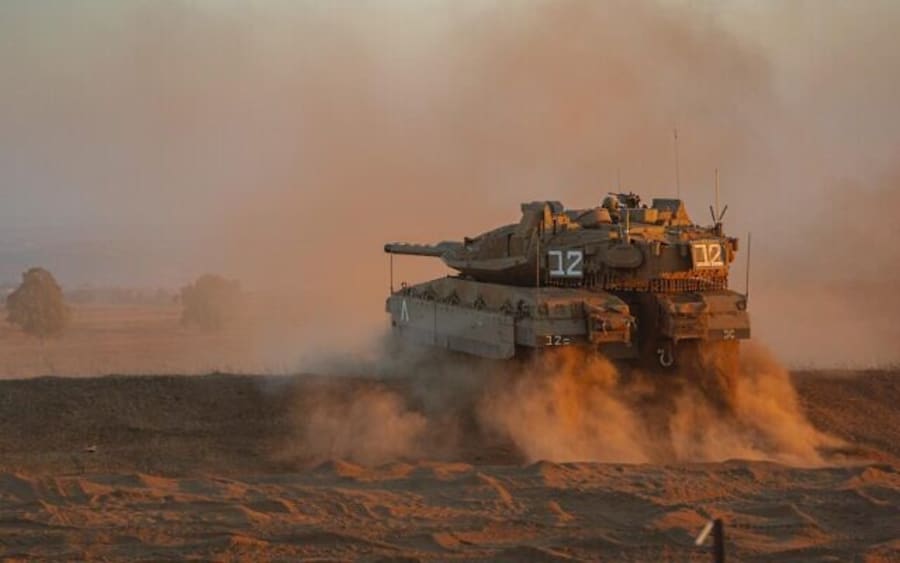
As Israel prepares for a ground campaign in Gaza in the ongoing conflict, Operation Iron Swords, some of the most recent additions to its weapons systems will be seeing military action for the first time.
These are some of the most expensive and advanced weapons that Israel has ever fielded, developed at the cost of billions of shekels, some having developed in response to scenarios from Israel’s last major ground campaign in Gaza – Operation Cast Lead in 2008. Many of the systems are still classified, and their full capabilities have not been disclosed.
A ground campaign will prove whether the lessons learned by the Israel Defense Forces are still relevant. It will also demonstrate the capabilities of the systems to foreign governments that might be interested in purchasing weapons for their own militaries, as Israel has recently increased weapons sales to a growing number of countries.
Here are a few of the systems:
Merkava Mark 4M and Merkava Barak
The latest 4th generation Merkava tanks have an upgraded defense capability to guard against anti-tank missiles, mortars, and rocket-propelled grenades. Newer versions incorporate a beacon system designed by Elbit, which integrates digital information from sources outside the tank for targeting and operational awareness.
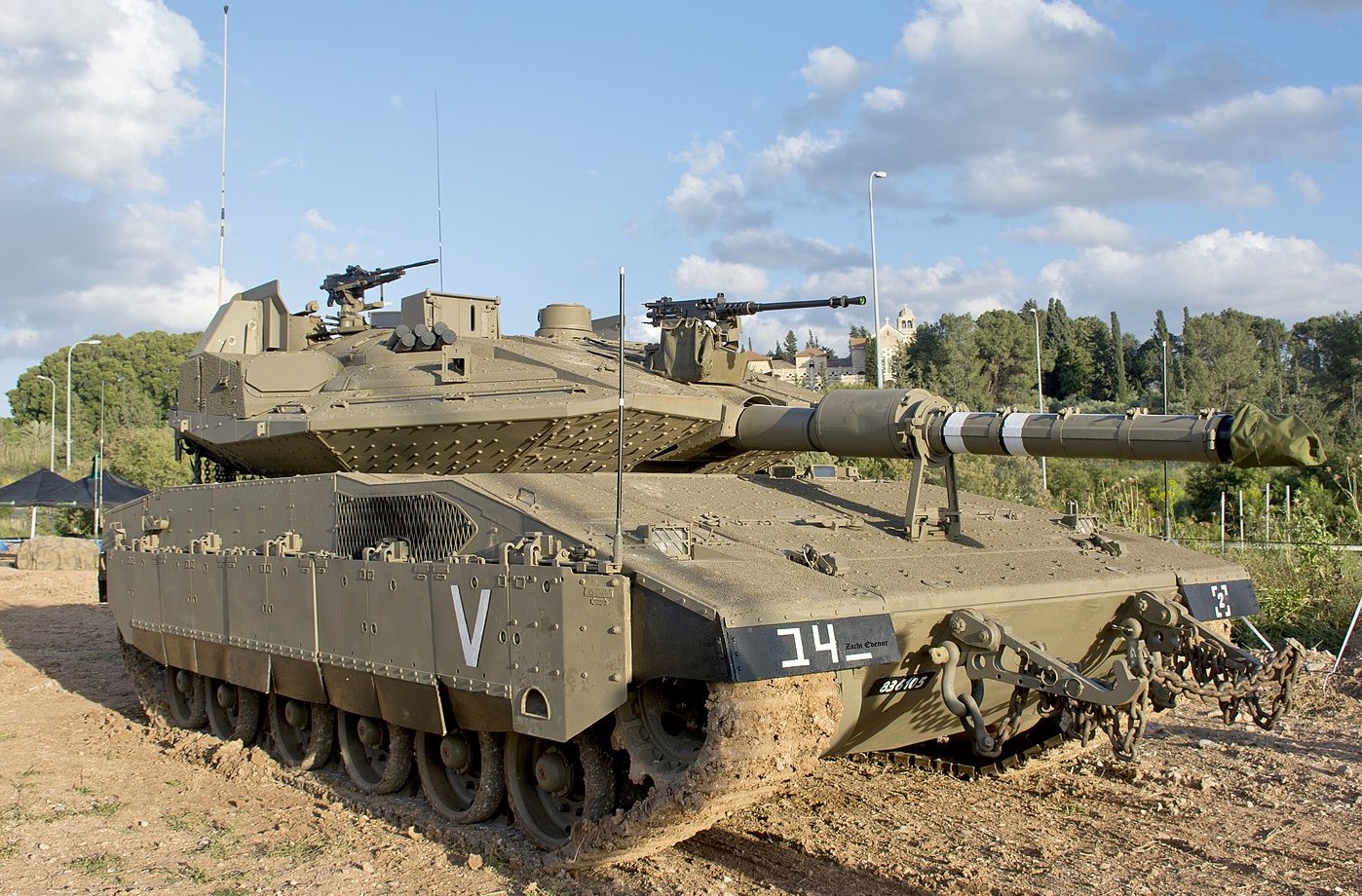
The newest version, designed by Rafael and Elbit and unveiled over the summer, is the Merkava Barak. This tank incorporates an even more advanced digital defense system, by integrating radar, cameras and sensors to create an improved situational awareness system internally, without exposing the tank crew to danger by opening hatches.
The commander wears a fighter pilot-style helmet that enables him to see “through” the tank. The helmet, produced by Elbit, superimposes information from external sources such as drones, to enable superior fighting in close quarters, such as urban environments.
Namer Armored Personnel Carrier
After Operation Protective Edge in 2014, when seven IDF soldiers were killed after their older APC was hit by an anti-tank missile, the military began working to upgrade its armored personnel carriers.
Their choice was the Namer [Hebrew for Leopard] and was based on the Merkava Mk 4 tank. The APC began production in the early 2000s, but only a few were available for Operation Protective Edge in 2014.
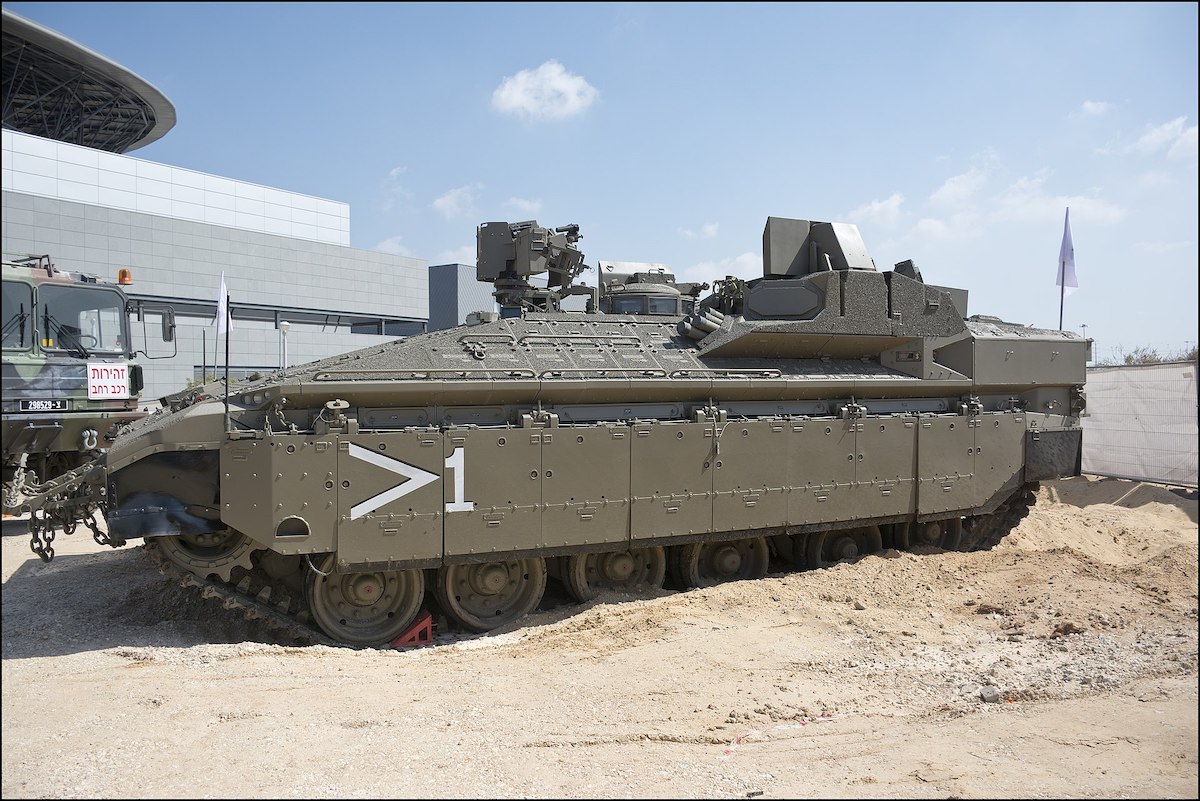
The Namer possesses the same active defense systems as the Merkava tanks, designed to protect soldiers from anti-tank missiles. It has very heavy battle armor, comprised of layers of ceramic, steel and nickel underneath a reactive, explosive battle armor.
Some versions are equipped with a light cannon for urban combat. All versions contain a 7.62 mm machine gun and a 60 mm mortar.
Namers also use the Samson Remote Controlled Weapon Station (RCWS) system developed by Israel's Rafael Advanced Defense Systems, which allows remote operation of the weapons systems on the APC. The system can be integrated with the Fire Weaver STS, to allow highly-accurate urban conflict operation.
Eitan APC/AFV
The Eitan armored personnel carrier, sometimes referred to as an armored fighting vehicle, was developed by Israel's Defense Ministry, produced by the same Merkava and Armored Vehicles Directorate that developed the Merkava tanks and the Namer APC.
The main difference: Eitan uses 8 wheels instead of treads, thus relying on speed and maneuverability to help minimize threats.
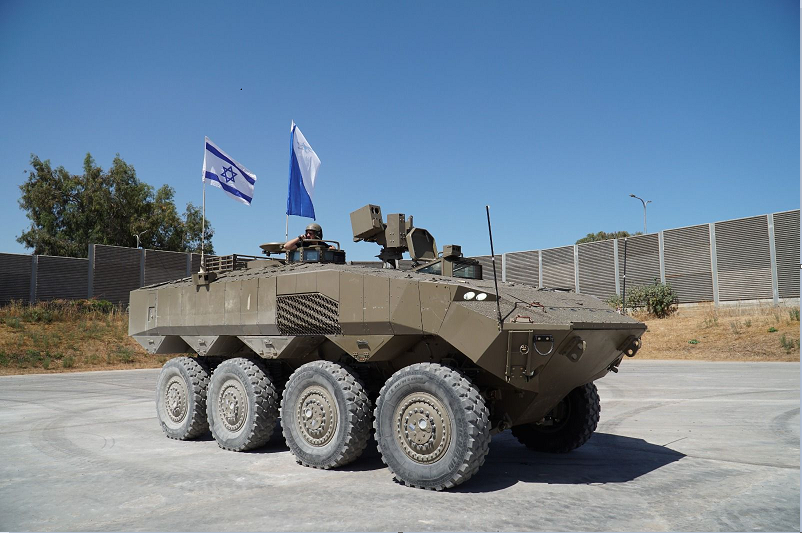
The Eitan replaces the older M113 fully-tracked APCs, which lacked sufficient armor to protect in urban warfare situations.
The Eitan carries a crew of three soldiers operating the vehicle and its weapons systems, while transporting nine soldiers with their weapons and equipment. Besides heavy armor, the V-shaped hull of the Eitan also protects against mines and improvised explosive devices.
Each Eitan is equipped with a 30mm turret, a remote weapon station armed with a 12.7mm heavy machine gun, and a 7.62mm machine gun. The Eitan is also able to integrate into the Fire Weaver STS for battlefield management and sensor-to-shooter (STS).
The first deliveries of the Eitan were made earlier this year, and a ground campaign in Gaza would be the first operational action for the vehicle.
Fire Weaver networked sensor to shooter system
Integrating advanced weapons systems into a single, functioning system, called a battlefield management system (BMS), is currently one of the most active areas of development for weapons systems manufacturers.
The Fire Weaver networked sensor-to-shooter (STS) system is an important new component in Israel Defense Forces' BMS.
STS is a technology that links sensors and weapons platforms in a fast and efficient way to carry out an attack in urban environments, where hostile targets are present, along with a large civilian population.
An STS connects sensor data to shooters on the battlefield wearing integrated targeting systems, including soldiers, Merkavah Barak commanders, drones, or fighter pilots.
Using a mixture of artificial intelligence and augmented reality, the STS allows for faster decision-making on the ground to determine the best type of shooter for a given target. In effect, the system integrates the various sensor and radar data, calculates rules of engagement and recommends the most appropriate shooter.
Fire Weaver is integrated into several of the new vehicles’ weapons systems and will also see combat action for the first time in Operation Iron Swords. The system was developed partially in response to the difficult challenges of urban warfare, such as the Gaza ground campaign. IDF analysts and Israeli allies will be closely monitoring how these systems perform.
David’s Sling long-range air and missile defense system
While David’s Sling saw its first successful operational interception earlier this year, if the ground invasion of Gaza triggers a Hezbollah response, the system will have the chance to truly prove itself.
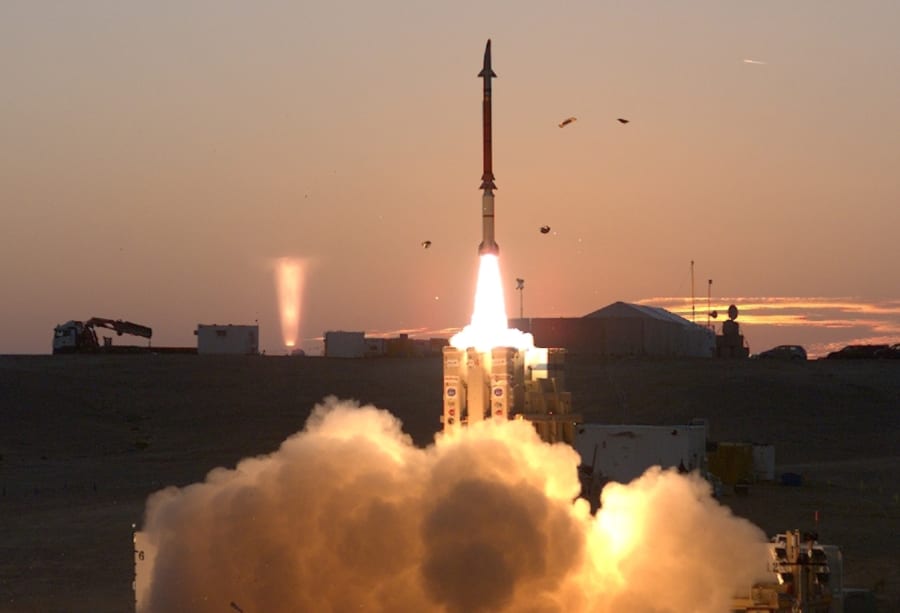
David’s Sling was jointly developed by Israeli defense contractor, Rafael Advanced Defense Systems, and American defense contractor Raytheon.
It is designed to intercept the newest generation of tactical ballistic medium- and long-range missiles at a low altitude. As such, it is one component of Israel’s multi-tiered missile defense system, which also includes the Iron Dome missile interceptors, Arrow 2 and Arrow 3 systems.

The All Israel News Staff is a team of journalists in Israel.



